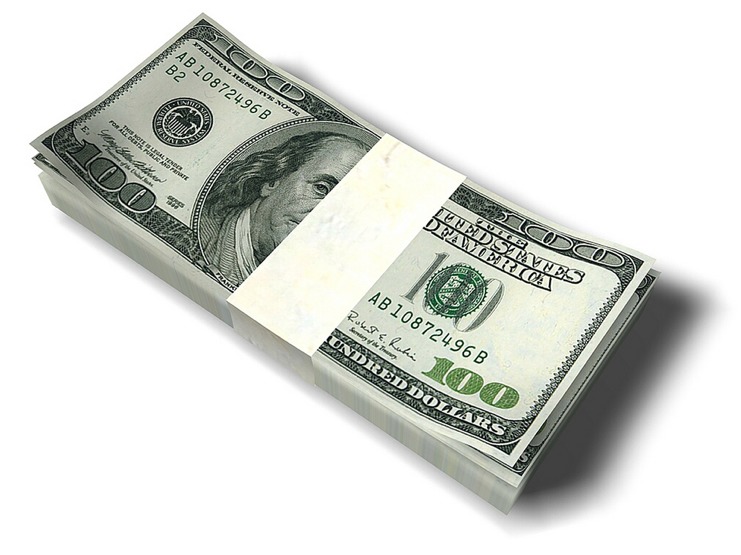If the plunge in oil prices late last year wasn’t enough of a humbling lesson for market pundits, the Swiss National Bank’s abandonment of the Euro peg certainly should be.
In less than 10 years we went from talking about peak oil scarcity to a world awash in oil. America’s role as a big import may shift to big exporter.

Mighty greenback
New drilling technologies and fracking has changed the oil markets in a hurry.
The current macro trend for 2015 is the super dollar. Consider how it might affect the investment world and your portfolio.
The mighty greenback, the world’s reserve currency, is on a roll. A popular ETF, the PowerShares DB U.S. Dollar Bullish fund (UUP) has enjoyed double digit gains during the past 12 months.
Speculators, hedge funds, and investors are all lining up to buy the dollar, and almost all the major currencies have declined. It’s become the “easy” trade.
Swiss surprise
However, the Swiss National Bank gave us a nasty lesson about “easy trades” when it abandoned the Swiss Franc “target” versus the Euro.
Hundreds of millions of dollars were lost in minutes and several small currency dealers went out of business. This is an important reminder: no one ever really knows when the ground will shift underneath trading positions.
The US dollar’s role as the world reserve currency means globally-traded commodities like oil, agricultural products, and precious metals are all priced in dollars.
This means anyone who needs to heat or eat needs greenbacks.
Europe in funk
Economically the current rise of the dollar makes sense relative to the general state of the world. The emerging market economies are clearly in a funk and Europe can’t seem to get out of its own way.
After five years of near zero interest rates, the US has created some real asset winners: the stock market, the bond market, even the modern art market has soared.
Currently America is the only country that has weathered the 2008 global economic meltdown, but will it last? The growth in total public debt from 2008 until now is up 65%.
How much of our “growth” here in the US is real and how much is smoke and mirrors.
Have we seen the actual growth from small to mid-sized businesses we should have, given the restrictive lending policies of regional banks? We don’t think so.
Debt dynamics
The Affordable Health Act with its new 30 hour “full time” jobs or its mandated health care for businesses with over 50 workers is not going to help things.
These are fundamental challenges, and the rising public borrowing has likely just forced spending earlier and “borrowed” from future sales. Margin debt, offered to people to buy stocks, is also at recent high. That’s not a good combination.
Is the US truly the engine of global economic growth or just a pretender? Could one unexpected economic shock be the tipping point for a major market meltdown, and with it the dollar?
Interest rates are so low in the states, maybe gold will be the likely winner. Once again we come to this: proper diversification, across asset classes is the answer.
Photo Credit: ctinawholesale via Flickr Creative Commons
DISCLAIMER: The reader should not assume that any investments identified were or will be profitable or that any investment recommendations or investment decisions we make in the future will be profitable. Past performance is no guarantee of future results.


